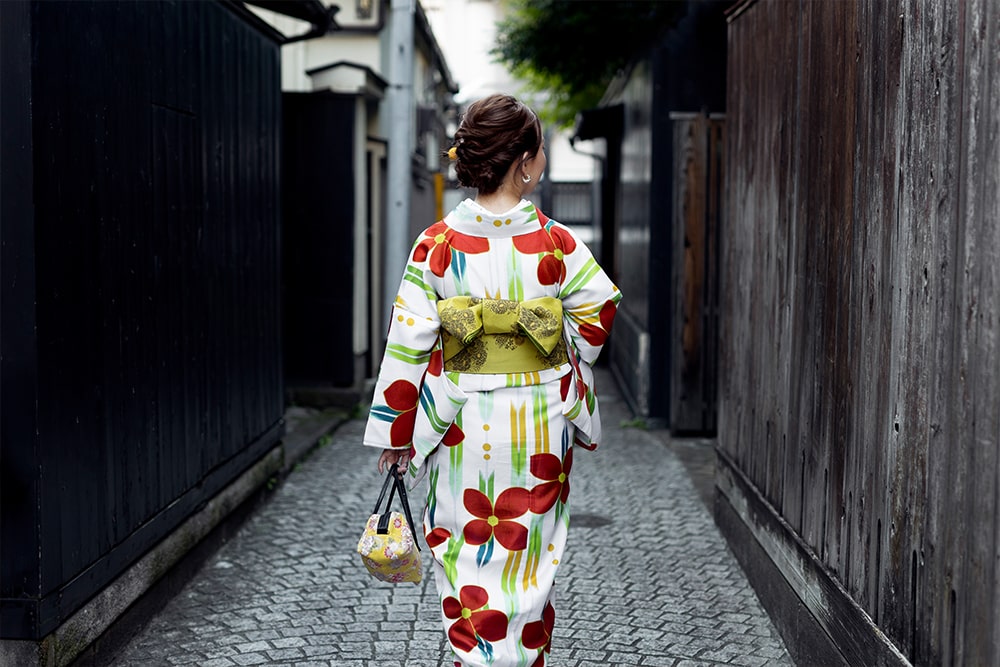
Culturele invloeden op tassenmode wereldwijd uitgelegd
Share
Cultuur in elke steek – Hoe tradities tassenmode vormgeven
Stel je voor dat je door een drukke markt in Marrakesh of een modewijk in Parijs loopt. Tassen in alle vormen en maten omringen je: handgeweven stoffen, luxe lederen ontwerpen, minimalistische stukken. Achter elke tas schuilt een verhaal – een verhaal van vakmanschap, traditie en cultuur. Maar hoe zijn deze culturele invloeden door de eeuwen heen samengevloeid tot de moderne tassenmode die we vandaag kennen? Laten we je op een reis nemen door de culturele invloeden die tassen ontwerpen wereldwijd hebben gevormd.
De oorsprong van culturele motieven: Van ambacht naar mode
Tassen zijn al eeuwenlang meer dan alleen functionele objecten; ze zijn een manier geweest om status, identiteit en tradities uit te drukken. Laten we een aantal invloedrijke culturen verkennen die een onuitwisbare impact hebben gehad op tassenmode.
- Afrikaanse tribale motieven: Handgeweven stoffen met levendige patronen en rijke kleuren zijn een belangrijk onderdeel van de Afrikaanse cultuur. Deze tassen staan symbool voor tradities en identiteit. Vandaag de dag zijn deze tribale invloeden zichtbaar in moderne bohemian trends, waarbij high-end merken zoals Stella McCartney tribale elementen in hun collecties verwerken. Deze trends, diep geworteld in Afrikaanse tradities, blijven wereldwijd invloed uitoefenen.
- Aziatisch minimalisme: De Japanse 'Ma'-filosofie – de kunst van de leegte – benadrukt de schoonheid van eenvoud. Dit minimalistische ontwerp concept heeft een enorme invloed gehad op tassen ontwerpen, waarbij strakke lijnen en functionaliteit centraal staan. Het Borra tasje van Vilix, dat uitblinkt door zijn ingetogen ontwerp en praktische bruikbaarheid, is een perfecte weerspiegeling van deze Japanse stijl.
- Italiaanse luxe leerbewerking: Italië is al lang beroemd om zijn leerambacht, en merken zoals Gucci en Prada hebben de wereldwijde standaard gezet voor kwaliteit en luxe. Deze merken halen hun inspiratie uit eeuwenoude technieken waarbij vakmanschap centraal staat. Italiaans leer, beroemd om zijn verfijning, blijft een symbool van klasse en vakmanschap. Dit heeft geleid tot een blijvende traditie van luxe lederen tassen die tot op de dag van vandaag de modewereld domineren.
Globalisering en de fusie van stijlen: Mode zonder grenzen
Met de opkomst van globalisering zijn culturele grenzen vervaagd, en de mode-industrie heeft dit volledig omarmd. Merken en ontwerpers over de hele wereld lenen elementen van verschillende culturen om een unieke esthetiek te creëren.
- Culturele samenwerking: Modehuizen zoals Louis Vuitton en Dior werken vaak samen met lokale ambachtslieden uit verschillende landen om authentieke cultuurelementen in hun collecties te verwerken. Deze culturele samenwerking leidt tot tassen die niet alleen modieus zijn, maar ook verhalen vertellen over tradities en afkomst. Denk bijvoorbeeld aan de samenwerking van Louis Vuitton met de Maasai-stam uit Kenia, waarbij tribale motieven zijn verwerkt in luxueuze ontwerpen.
- Het Caro tasje: Een voorbeeld van fusie: Vilix speelt in op de mondiale trends door moderne ontwerpen te combineren met subtiele culturele invloeden. Het Caro tasje, met zijn strakke lijnen en innovatieve materialen, is een samensmelting van hedendaagse stijl en traditionele invloeden. Dit maakt het een tas die zowel modern als tijdloos aanvoelt, met een subtiele hint naar culturele diversiteit.

Duurzaamheid en ethische productie: Een culturele heropleving
De mode-industrie heeft de afgelopen jaren een grote verschuiving gezien naar ethische productie en duurzaamheid. Consumenten geven steeds meer de voorkeur aan producten die niet alleen esthetisch aantrekkelijk zijn, maar ook op een verantwoorde manier worden geproduceerd.
- De opkomst van vegan leer: In de zoektocht naar duurzame alternatieven voor traditioneel leer, is vegan leer een belangrijke speler geworden. Dit materiaal biedt niet alleen een ethisch verantwoorde optie, maar behoudt ook het luxe gevoel van leer. Het Mace tasje van Vilix, gemaakt van vegan leer, combineert stijl en duurzaamheid, wat het een uitstekende keuze maakt voor de bewuste consument.
- Heropleving van traditionele ambachten: Handgemaakte producten, zoals tassen die gebruik maken van eeuwenoude weeftechnieken, zijn opnieuw in opkomst. In Zuid-Amerika worden traditionele stoffen opnieuw gewild, terwijl Indiase borduurwerken hun weg vinden naar de catwalks van Europa. Deze herwaardering van ambachtelijke producten is een teken van de groeiende vraag naar unieke, handgemaakte tassen die verbonden zijn met culturele tradities.
De toekomst van tassenmode: Traditie ontmoet innovatie
Terwijl de modewereld steeds meer technologische innovaties omarmt, blijft cultuur een belangrijke rol spelen in de ontwerpen van de toekomst. De combinatie van traditie en technologie zal waarschijnlijk de drijvende kracht zijn achter de toekomst van tassenmode.
- Innovatieve materialen en technieken: 3D-printing en gerecyclede materialen bieden nieuwe mogelijkheden voor het ontwerpen van tassen die zowel milieuvriendelijk als innovatief zijn. Merken zoeken naar manieren om traditionele materialen te combineren met geavanceerde technologieën om tassen te maken die niet alleen mooi zijn, maar ook duurzaam.
- Cultuur als blijvende inspiratiebron: Modehuizen zullen altijd terugvallen op culturele invloeden om unieke en betekenisvolle tassen te ontwerpen. Of het nu gaat om het hergebruiken van oude patronen of het incorporeren van traditionele ambachten in moderne ontwerpen, cultuur blijft een onuitputtelijke bron van creativiteit en innovatie.
Tassen als spiegel van cultuur en identiteit
Tassen zijn veel meer dan alleen functionele accessoires; ze zijn culturele spiegels die tradities en verhalen uitdragen. Of het nu gaat om Afrikaanse tribale motieven, Japans minimalisme of Italiaans vakmanschap, elke tas vertelt een verhaal. Bij Vilix worden moderne designs gecombineerd met invloeden uit de hele wereld, zoals het Borra, Caro, en Mace tasje – elk met hun eigen culturele achtergrond en een moderne twist.